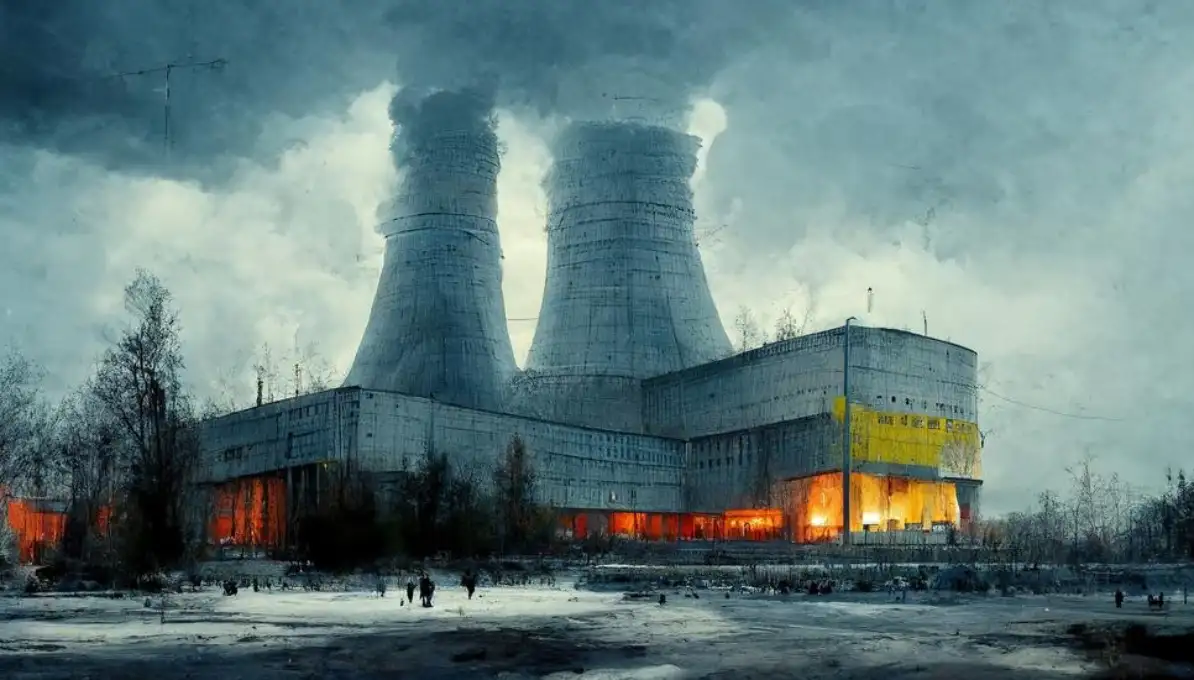Sweden’s rich tradition of foraging is set to play a crucial role in assessing the long-term effects of the Chornobyl nuclear disaster, even 38 years after the explosion.
The Role of Mushroom-Pickers
The Swedish Radiation Safety Authority is tapping into Sweden’s foraging culture to investigate current levels of Cesium-137, a radioactive isotope released during the April 26, 1986, Chornobyl disaster. Cesium-137, with its 30-year half-life, can accumulate in the body and pose health risks if present at high levels.
The Authority requests that mushroom pickers submit samples from this season’s harvest to gather data. Mushrooms are beneficial for detecting Cesium-137 because they absorb the isotope from contaminated soil. Given that over 60% of Sweden is covered in forests, the country’s abundant foraging opportunities provide an ideal setting for this study.

How the Study Works
Foragers are being asked to provide samples of mushrooms, specifying the general area where they were picked. While the exact locations of prized spots like the golden chanterelle—a sought-after mushroom often called “the gold of the forest”—are not required, providing a general area helps collect data.
Pål Andersson, an investigator at the Radiation Safety Authority, stated that knowing the precise location of each mushroom spot is not crucial. What is essential is collecting sufficient samples: foragers should send in at least 100 grams (3.5 ounces) of fresh mushrooms or 20 grams (0.7 ounces) of dried mushrooms picked in 2024.
The Significance of the Research
The study aims to determine how much Cesium-137 remains in Sweden’s environment. Although the Swedish authorities have not provided a timeline for when results will be available, this research underscores the long-lasting impact of the Chornobyl disaster.
In the immediate aftermath of the explosion, radioactive fallout spread across Europe, causing numerous deaths and long-term health issues. Sweden was the first country to detect this fallout, which led to the Soviet Union’s reluctant admission of the disaster’s scale.
Similar Issues Across Europe
Contamination concerns have been reported in other European countries as well. For example, in 2017, a Czech state veterinary agency discovered that about half of the wild boars in the country’s southwestern part of the country were radioactive due to consuming contaminated mushrooms. Austria and Germany have also reported similar issues with radioactive wildlife.

Ongoing Monitoring and Legacy
This ongoing research highlights the enduring legacy of the Chornobyl disaster and the importance of environmental monitoring. By leveraging Sweden’s foraging culture, scientists hope to gain valuable insights into the current state of radioactive contamination and its long-term effects.


